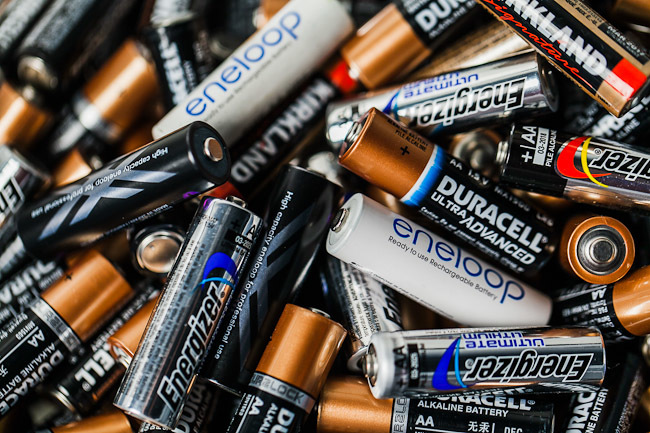Battery Optimization

Hi all,
Suppose we have batteries, good ones, and a flashlight that takes batteries. And you don't know which are the bad ones.
And, let The minimum number of attempts (insertions of batteries into the flashlight) you need in order to get your flashlight working.
And assume that the only way the flashlight will work is if all batteries you put in the flashlight are good. Otherwise, it won't work, and there is no way to distinguish between any combination that contains one or more bad batteries.
What I am wondering is how to show/prove the general solution for .
We have a few trivial cases:
So, I think the first non-trivial case becomes:
This one can be done in four moves, (1 vs 2, 3 vs 4, 4 vs 5, 3 vs 5) but can we prove that it can't be done in fewer?
And, does anyone have any idea about how we can solve this problem for the general case?
Thanks!
Geoff
Easy Math Editor
This discussion board is a place to discuss our Daily Challenges and the math and science related to those challenges. Explanations are more than just a solution — they should explain the steps and thinking strategies that you used to obtain the solution. Comments should further the discussion of math and science.
When posting on Brilliant:
*italics*or_italics_**bold**or__bold__paragraph 1
paragraph 2
[example link](https://brilliant.org)> This is a quote# I indented these lines # 4 spaces, and now they show # up as a code block. print "hello world"\(...\)or\[...\]to ensure proper formatting.2 \times 32^{34}a_{i-1}\frac{2}{3}\sqrt{2}\sum_{i=1}^3\sin \theta\boxed{123}Comments
@Brian Charlesworth In a previous thread you had suggested that for f(n,3,2) you might want to split the group into two, one of which is guaranteed to have two good batteries, and run through each of the combinations in each group, giving:
f(2n,3,2)=2(2n) and f(2n+1,3,2)=(2n)+(2n+1)
One generalization of that for g>3 might be to split up the batteries into the greatest number of groups (g−1?) such that at least one is guaranteed to have at least two good batteries and then go through all the combinations in each group. Without showing that this is the best approach, it certainly seems like a promising one.
So, for example if we take g=4, then we would split into 3 groups, yielding:
f(8,4,2)=(22)+(23)+(23)=1+3+3=7
So for f(100,50,2) we would have:
f(100,50,2)=2(23)+47(22)=53
Recognize that answer? :0)
A couple more examples using the above algorithm gives:
@Calvin Lin Thoughts on how one might go about proving that these could be optimal approaches (outside of using a computer)?
Log in to reply
Once you summarize the approach it does look quite promising. :)
As far as I can tell, with f(n,g,2) your goal is to form the sum
a(2⌊g−1n⌋)+b(2⌊g−1n⌋+1)
so as to maximize a given a+b=g−1.
I can see one other approach to get f(100,10,2)=506, where we have 9 groupings of 11 and one singleton left over. Then if after 9(211)=495 tests with no success we can conclude that the singleton is good and that each of the 9 groups has one good battery as well. So we then choose one of these groups and pair all 11 in the group with the good singleton to finally get a working pair after a grand total of 495+11=506 trials. This isn't an improvement but it does suggest that the g−1 paradigm may not be exclusively optimal.
Log in to reply
Without a proof, I suspect that the general solution for f(n,g,c) might be given by this:
1) Divide the n batteries up into the maximum number of groups you can (minimizing the maximum number for any group) so that at least one group contains at least c batteries. I think this number is given by:
2) Perform all possible iterations within each group.
So, for example, for f(100,50,3) you would split it up into 20 groups of 4 and 4 groups of 5, guaranteeing that at least one group has 3.
⟹f(100,50,3)=20(34)+4(35)
@Brian Charlesworth @Calvin Lin
Log in to reply
That looks good. The values ramp up quite quickly with c, with
f(100,50,4)=12(46)+4(47)=320,f(100,50,5)=8(58)+4(59)=952
and f(100,50,6)=8(611)+(612)=4620.
We could probably write out a messy general formula now but I think the description of the process suffices. The optimization proof remains elusive, however ...
Yes. Looks like a good generalization/summary for c=2... Now we just gotta figure out a proof and/or generalize it for c>2... Hmmmm....